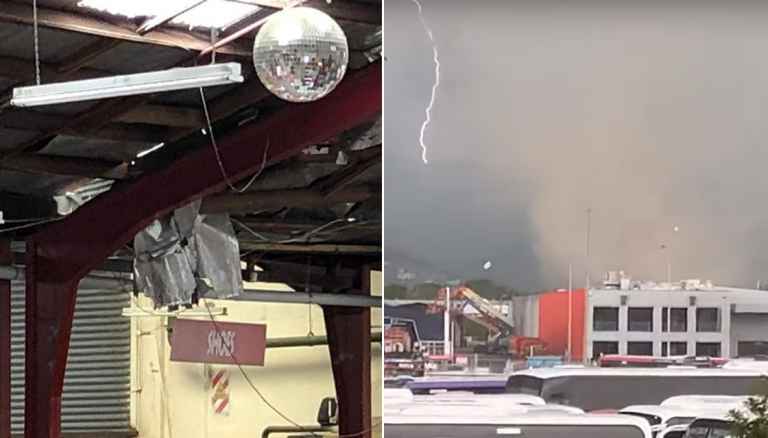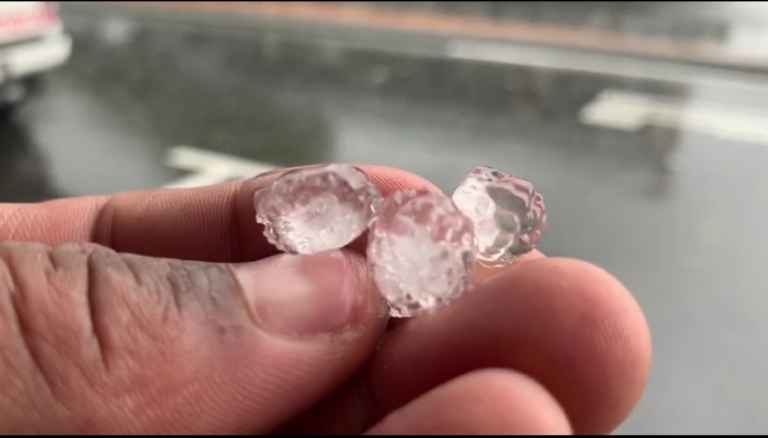Europa, the smallest of the four Galilean moons orbiting Jupiter and the sixth-closest moon to the planet of the 79 known moons of Jupiter. Also, it is the sixth-largest out of 181 moons in the solar system.
History
Europa was discovered by Galileo Galilei on 8 January 1610. The first reported observation of Io and Europa was made by Galileo Galilei on January 7, 1610, using a 20x magnification refracting telescope at the University of Padua. However, Galileo could not separate Io and Europa due to low magnification of his telescope. Europa was named after Europa, daughter of the king of Tyre, a Phoenician noblewoman in Greek mythology. Like all the Galilean moons (satellites), Europa was named after a lover of Zeus, the Greek counterpart of Jupiter.
Facts
- Europa is one of the 79 known moons orbiting Jupiter.
- Europa is nearly the same size as Earth’s Moon.
- Earth is 4.1x larger than Europa.
- Europa is the sixth-largest moon of Jupiter.
- Europa also the sixth-largest moon in the Solar System.
- Europa was discovered on 8 January 1610 by Galileo Galilei.
- Oxygen is the atmospheric part of Europa.
- Europa is the first four moons discovered beyond Earth, it played a vital role in the ancient understanding of how our solar system works.
- NASA is building a future mission called Europa Clipper and ESA is developing a mission called JUICE (JUpiter ICy moons Explorer).
- Europa has a weak atmosphere.
- NASA’s Galileo mission is responsible for what we know about Europa.
- In 2007 the New Horizon mission took further snapshots of Europa on a flyby on its way to to the outer edges of our Solar System.
- Europa’s surface temperature is -171 degrees Celcius.
- It takes Europa 3.55 Earth days to orbit Jupiter.
- Europa’s orbit distance is 671,000 kilometres.
- While Europa’s age is 4.5 billion years old, it’s surface is only about 20-180 million years old.
- The surface of Europa is the smoothest surface of any of our solar system objects.
- The Galileo space probe provided further detailed images and data captures of the Galilean moons of any space mission.
- Galileo might have actually discovered Europa a day earlier than announced. On January 7th the had thought he had found a moon, but couldn’t be sure if it was one moon or two moons.
- The largest crater on Europa is named Pwyll.
Around two years ago (October 11 2017), I had posted about Europa and the possibilities of water plumes, it also had facts and information about Europa.
A team led by researchers out of NASA's Goddard Space Flight Center in Greenbelt, Maryland, has confirmed traces of water vapour above the surface of Jupiter's icy moon Europa. Using the Keck Observatory in Hawaii, researchers "have obtained the first direct detection of water vapour on Jupiter’s moon, Europa," according to NASA's Goddard Space Flight Center.
References:





